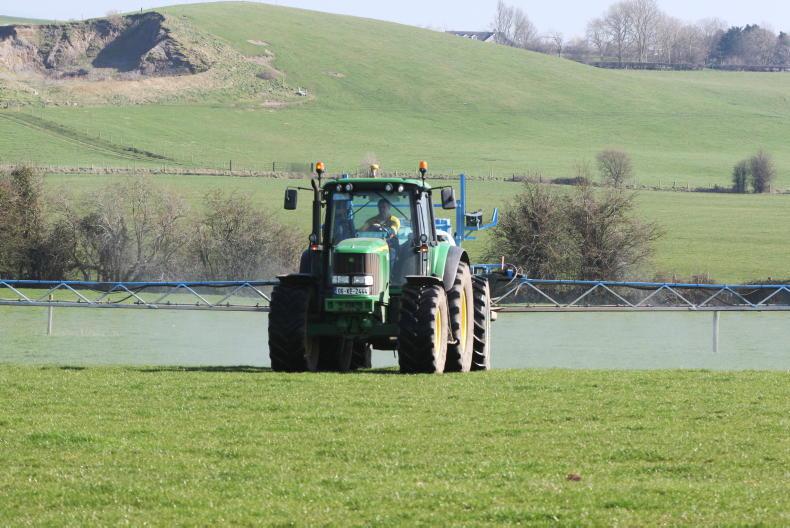The best time to control the noxious weed ragwort is before the plant grows to a mature stage and before it goes to seed. Where ragwort was present in an area in the previous year and management practices have remained the same, then it is almost certain that issues will re-emerge this year.
Spraying in the rosette stage is recommended as the most effective chemical control option and the Department of Agriculture’s fact sheet points to spring and autumn presenting the best window of control.
Ploughing, followed by an arable rotation, or a programme of spraying if direct seeding, works well, while if pulling by hand or cutting, it is important that plants are collected and destroyed. Grazing with sheep will also help supress its growth.
Steps should also be taken to improve grassland management so that it will compete aggressively with ragwort plants.
Responsibility for controlling ragwort in fields lies with the landowner or the manager of the lands in which the plant is present
Remember, the plant is highly poisonous and toxic to cattle, horses, deer, goats, pigs and chickens, while sheep are less affected. Cattle generally do not graze the plant in its vegetative state (unless very tight on grass), but once cut, the plant releases sugars which make it much more attractive to grazing animals. It also presents a large risk where it is contained in hay or silage, therefore control options must take this into account.
Each year, there are numerous queries regarding who the responsibility of controlling ragwort lies with. This is particularly the case for ragwort growing in public places.
Responsibility for controlling ragwort in fields lies with the landowner or the manager of the lands in which the plant is present. The National Roads Authority lists relevant local authorities as being responsible for controlling plants in areas such as road verges, landscaped areas or public amenities.
The Department of Agriculture’s online information portal for the control of noxious weeds has been updated with the 2022 Public Report Form.






 This is a subscriber-only article
This is a subscriber-only article










SHARING OPTIONS: